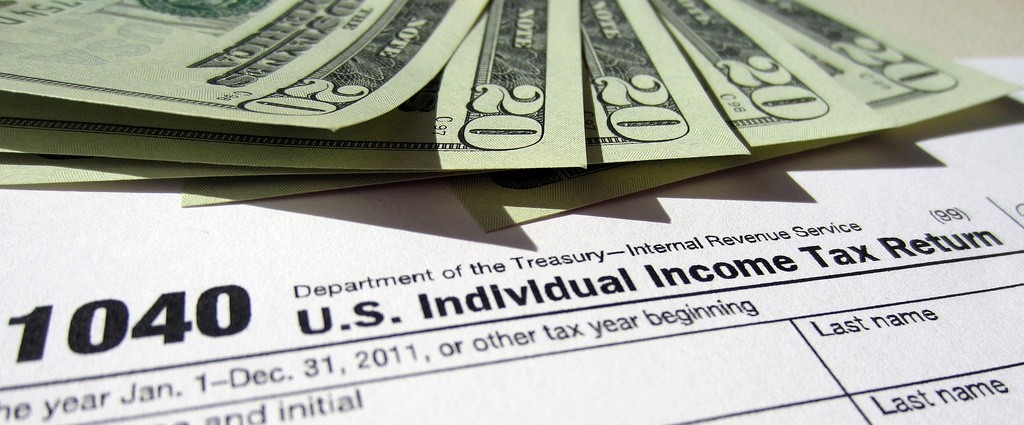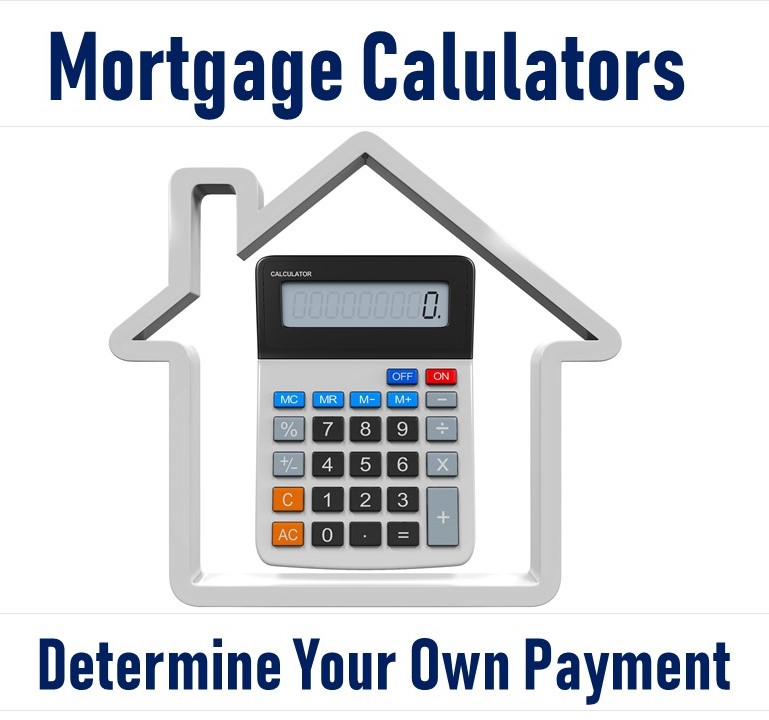Section 1031 which permits deferral of gains for the sale and subsequent acquisition of a “like kind” property is a powerful tax device for savvy investors. But the rules governing exchanges are a “safe harbor,” meaning that the failure to comply exactly with these technical rules will violate the exchange and force the taxpayer to recognize and pay tax on the gain she was attempting to defer.
One of the biggest reasons for unintentionally violating these rules, relates to the date by which the taxpayer must actually complete the purchase of the replacement property. A quick example will help.
Example: Bob owns a rental property with 10 units. He sells the rental property on November 1, 2013, and properly executes 1031 paperwork and instructs his settlement agent to transmit the proceeds to a Qualified Intermediary. Bob buys another like-kind property and closes on it on February 1, 2014.
Under the IRS rules, there are two deadlines to be aware of. First, within 45 days of the sale (which happened on November 1, 2013) he must identify the property which will be acquired (see my prior article for the rules on identifying replacement properties). Second, Bob must close on the replacement property within the time allocated by the IRS. And here is where it gets complicated.
Generally, the rule for closing on the replacement property is that it must close no later than 180 days from the date of the sale of the relinquished property. In the example above, the relinquished property closed on November 1, 2013, which is April 30, 2014. But be careful, the IRS regulations have a minefield here. The exchange is not violated if the replacement property (the property Bob is buying as a replacement for the property he sold) “is received after the earlier of the date that is 180 days after the date on which the taxpayer transfers the relinquished property, or the due date (determined with regard to extensions) for the transferor’s federal income tax return for the year in which the transfer of the relinquished property occurs.”
Huh? The regulation accelerates the date by which the exchange must be completed to the earlier of the following two dates: (a) 180 days after sale (e.g. April 30, 2014), and (b) the date that Bob files his 2013 tax return! Suppose Bob is quite efficient, and is ready to file on January 1, 2014 and in fact does file on that date. Bob will have inadvertently blown the 1031 exchange because the date of his acquisition of the replacement property (February 1, 2014) happened after the date on which he filed his 2013 return (January 1, 2014). Sometimes, efficiency just does not pay!
The easy work-around: Bob’s CPA must avoid filing the 2013 tax return until the replacement property is acquired. In this example, Bob had until April 30, 2014 to close on the property he is buying. So if he goes right up to the wire, and does not close until that date, his CPA should file for an extension for the 2013 taxes prior to the normal April 15, 2014 filing deadline in order to avoid tainting the exchange.








Leave a Reply